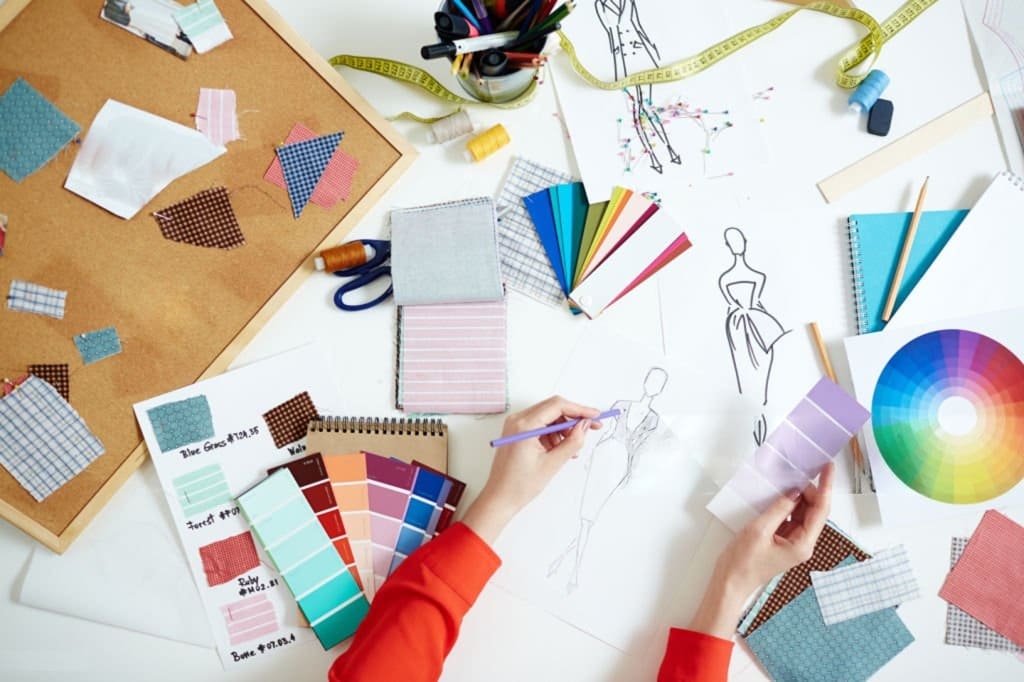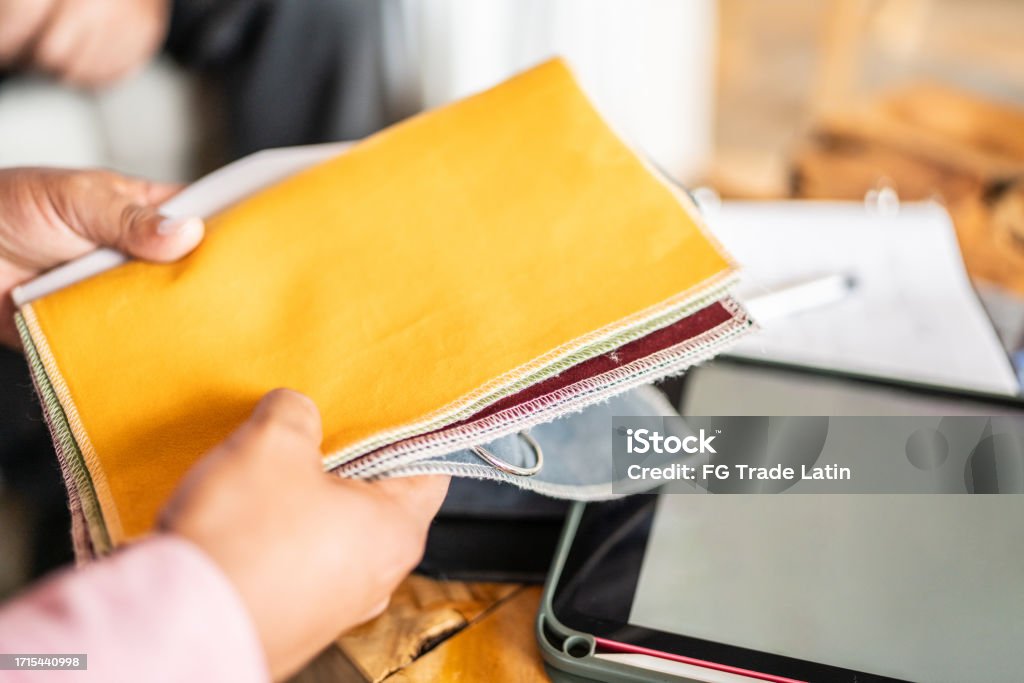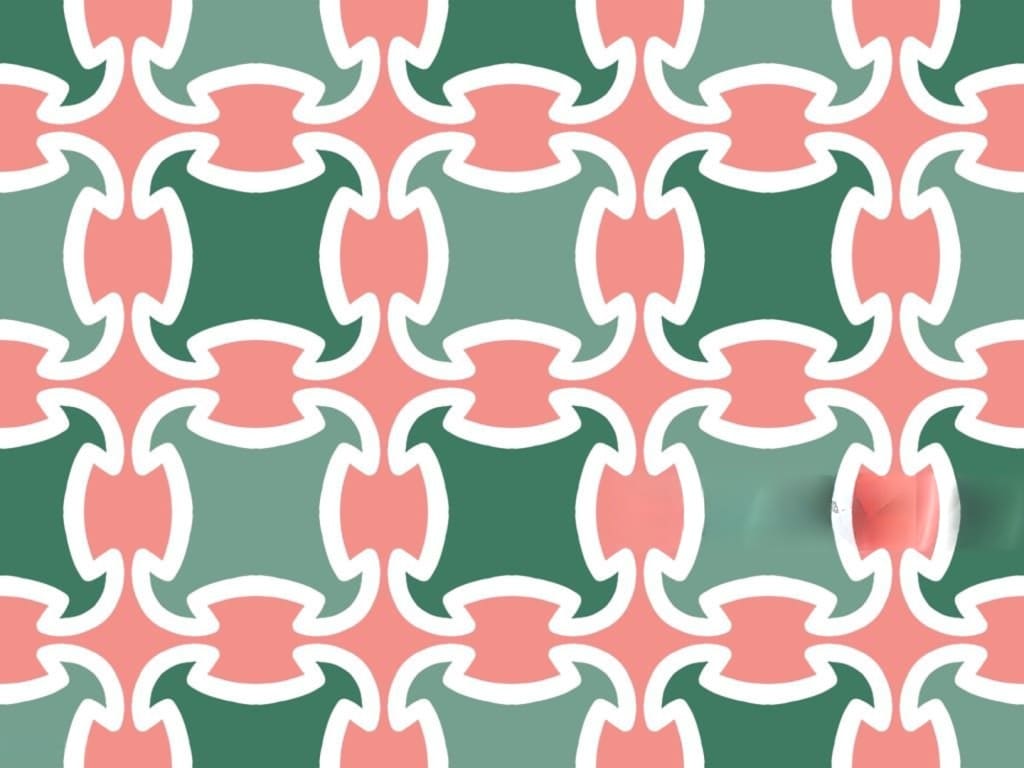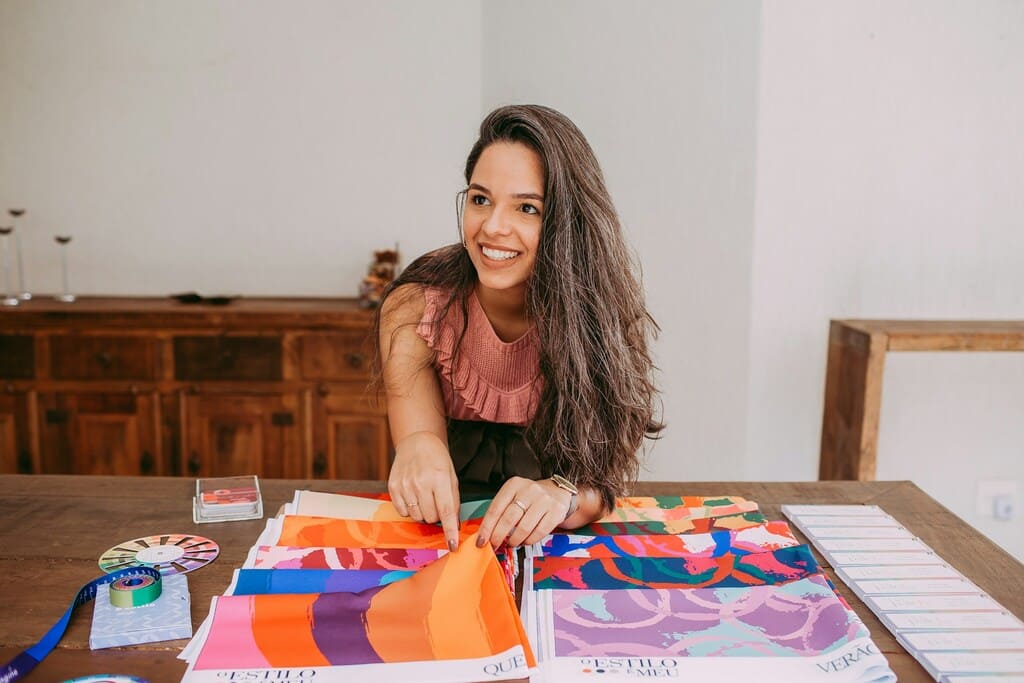introduction
Starting a fashion brand doesn’t need huge inventory or big upfront risk. For many founders, custom fabric printing for startups is the fastest way to express a unique brand identity and put a small, high-impact collection into market. This guide walks you through every step — from research and fabric choices to print file setup, swatch ordering, cut & sew logistics, and launch marketing — so you can confidently launch your first fashion collection without surprises. Ready? Let’s start, step by step. (If you’re ready to get pricing or file help now, get a quote

Why Custom Fabric Printing for Startups Is the Perfect Launch Strategy
Unlike mass-produced fabrics, custom fabric printing for startups allows you to control every aspect of your collection—from the patterns and colors to the texture and quality. Here’s why it’s the right choice for new brands:
Differentiation: Unique fabrics help your fashion brand stand out.
No Minimum Orders: Print only what you need, reducing upfront costs.
Faster to Market: Test small batches and scale quickly once designs are validated.
Creative Control: Align your designs with your brand story and target audience.
If you’re starting a new fashion label, custom printing ensures your first collection looks professional without requiring massive investment.
Step 1 — Research & validate your collection idea
Goal: Find a target customer, a visual direction, and 2–4 test prints.
Action checklist
Collect moodboards: Pinterest, Instagram, and competitor lookbooks.
Define target customer profile (age, price sensitivity, style).
Pick 2 core themes (e.g., “wearable florals” + “minimal geometrics”) for first drop.
Quick validation: share mockups or prototypes on IG stories / community group to gauge interest.
Copy tip: Use images and descriptive captions with phrases like “custom printed fabric for startups” or “launch fashion brand” when you post to improve discovery.

Step 2 — Choosing Fabrics for Custom Fabric Printing for Startups
Why it matters: Fabric choice determines drape, print appearance, cost, and target market.
Quick fabric guide (common startup choices):
Cotton Poplin / Lawn — crisp, great for shirts, blouses. (See /our-fabrics/)
Rayon Challis / Viscose — fluid drape for dresses.
Jersey / Interlock — stretch for casual wear / tees.
Polyester (for dye-sublimation) — vivid prints for sportswear or active styles.
Minky / Fleece — for soft accessories or baby lines.
Checklist for selection
Match fabric to product type (dress, top, kidswear).
Ask about fabric weight (GSM) and hand feel — list must-haves.
Order sample swatches from /our-fabrics/ or request via /get-a-quote/.
Step 3 — Design your prints
Design fundamentals
Create seamless repeats for yardage printing (half-drop, brick, straight repeat).
Keep pattern scale in mind — test at real-world scale (e.g., 12″ repeat, 24″ repeat).
Consider pattern placement for cut & sew pieces (match at seams or use directional prints).
File setup (common printer guidelines — always confirm with your supplier)
Color mode: sRGB or Adobe RGB (confirm with printer).
Resolution: 150–300 DPI at final print size (for large repeats 150 DPI can be acceptable).
File formats: TIFF or high-quality PNG for raster; PDF or AI for vector elements.
Bleed: add 10–20 mm bleed for edge prints.
Repeat files: provide both a full-scale repeat tile and a mockup mapped to the garment pattern.
Proofing: Request a digital proof and a fabric swatch before full production.
Action checklist
Export repeat tile at full scale + 1:1 mockup.
Label files clearly:
brandname_patternname_repeat_300dpi.tif.Upload files with a color profile embedded and include a PDF spec sheet.
When ready, request a swatch via /get-a-quote/.
Pro tip: Use free design tools like Canva or professional software like Adobe Illustrator to prepare your artwork files.
Step 4 — Swatches & prototyping
Why swatches first: Validate color, hand, and scale before committing to yardage.
Recommended samples
Small swatch (8×8 in or A4) — check color & hand.
Full-repeat swatch (24×36 in) — check repeat scale and pattern flow.
Prototype garment — test pattern placement and sewability.
Checklist
Order swatches in the actual fabric you plan to produce.
Test wash & care instructions on the swatch.
Iterate design and re-order swatches if needed.
CTA: Order swatches and ask for a timeline at /get-a-quote/.
Step 5 — Printing Methods in Custom Fabric Printing for Startups
Short comparison (when to use which):
Digital textile printing (inkjet) — great for small runs, complex multicolor designs, on a variety of fabrics.
Dye-sublimation — best for polyester substrates / sportswear (vivid, permanent color).
Reactive dye printing — best for cotton/viscose when you want soft hand & wash-fast colors.
Pigment printing — economical, good for heavier fabrics (may feel slightly stiffer).
Production tips
For startups, digital textile printing is usually the most flexible (low MOQ, quick turnaround).
Always ask printers about color fastness and wash testing.
Step 6 — Cut & sew: from yardage to finished product
Core steps
Pattern grading & markers: create graded sizes and efficient markers for minimum waste.
Placement & matching: specify how pattern repeats should match across seams.
Sampling: produce a first fit sample to check pattern placement and fit.
Full production: confirm production timeline, QC checks, and packaging instructions.
Benefits of using integrated services: If your supplier offers both printing and cut & sew (see our cut & sew services → /cut-sew/), you reduce handoffs and improve consistency.

Step 7 — Pricing, MOQ & production planning
How to price
Calculate fabric cost per garment (yardage × price per yard) + printing cost + cut & sew + overhead + margin.
Consider offering pre-orders to forecast demand and reduce risk.
MOQ strategies
Start with small test runs (dozens, not thousands) to validate market response.
Use batch drops and limited editions to create urgency.
Step 8 — Marketing & launching your first collection
Launch tactics
Build a small lookbook and shoppable Instagram posts.
Run a pre-order window to secure funding and test sizing.
Use influencers and micro-creators to reach your niche.
Emphasize the story behind your prints — sustainable materials, local production, or unique inspiration.
Distribution
Direct-to-consumer via your site, select retail popups, or small wholesale to boutiques.
Tips for Startup Success with Custom Fabric Printing
Start with 2–3 fabrics to keep costs manageable.
Order swatches first to see how colors and textures look in real life.
Focus on a strong brand story to connect with your audience.
Don’t be afraid to experiment—custom fabric printing for startups gives you the freedom to innovate without high risk.
Conclusion
Launching your first collection as a new fashion brand doesn’t have to be overwhelming. By leveraging custom fabric printing for startups, you can access affordable, small-batch production and bring your designs to life faster. This approach is especially valuable for fashion startups that need flexibility and low minimums to test the market.
From choosing fabrics to cut-and-sew services, startups can build collections that stand out and scale sustainably. If you’re ready to start your journey, explore our fabrics, test swatches, and get a quote today. With the right strategy, your first collection could be the beginning of a thriving fashion brand powered by custom fabric printing for startups.
📚 Frequently Asked Questions (FAQs)
1.What is the best way to start with custom fabric printing for startups?
Start with 2–3 fabrics, design a few signature prints, order swatches, and then create a prototype garment. For details, see our fabrics.
2.Can I launch a fashion brand with a small budget using custom fabric printing?
Yes, using small batch orders, pre-orders, and low MOQ services, startups can launch without large upfront costs. Learn more via get a quote.
3.How do I choose the right fabrics for my first collection?
Match fabric properties like drape, weight, and stretch to your garment type. Request swatches from our fabrics to test color and feel.
4.Do I need to order large quantities to start my clothing line?
No, digital printing allows small runs. Many suppliers support startup orders, letting you scale after testing the market.
5.What’s the difference between digital printing and dye-sublimation?
Digital printing works on a wide range of fabrics and is ideal for small runs. Dye-sublimation is best for polyester substrates with vivid, permanent colors.
6.How long does it take to print and sew custom fabrics into garments?
Timelines vary: swatches 1–3 weeks, sampling 2–4 weeks, production 3–4 weeks, depending on quantity and lead times.




